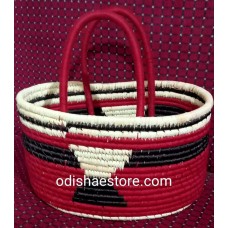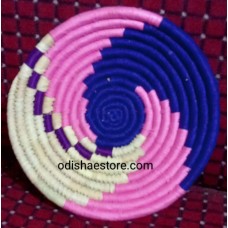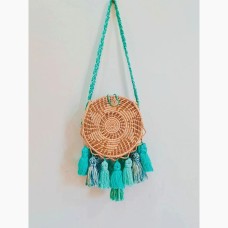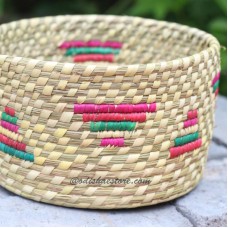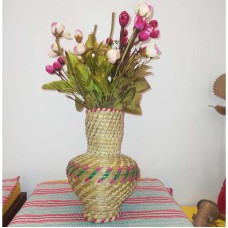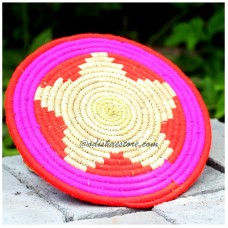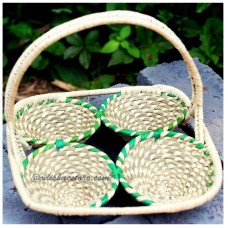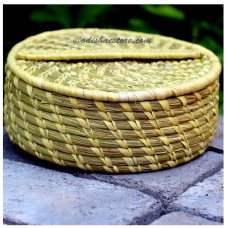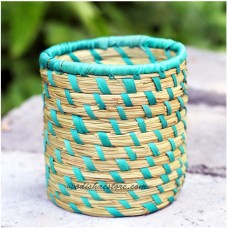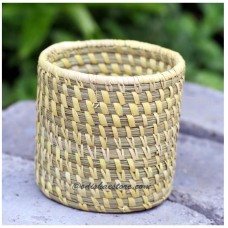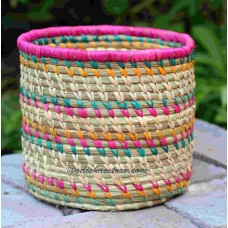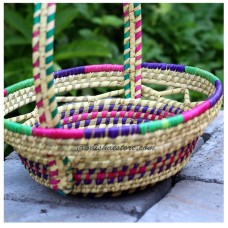Sabai and Golden Grass

Sabai grass, also locally known as Bubai grass is grown in the hilly tribal areas of northern Odisha. These are needle like leaves which have been traditionally used by the tribals as their main source of fibre. They made ropes, mats, storage and utility material from it as well as used it for construction due to its durability and strength. It has excellent insulation properties because of which tribals used sabai grass mats for covering themselves in winters. The needle like grass is cut while still green and sun dried along with date palm leaves. Thereafter they are seasoned in water before being woven into different materials. Date palm leaves are also dyed in natural colours, before being woven to make the articles attractive and colourful. Present day designers are combining sabai with other fibres like wool, jute and macramé to give them vibrant hues and different texture and make attractive items of contemporary use, like jewelry, accessories, wall hangings, dream catchers etc.
Golden grass, known locally as Kaincha is a wild grass found in many parts of the state mainly the coastal region. It can grow to a height of about 5-6 feet. Golden Grass is the stem of this reed that grows in swamps and marshes. It is thereafter processed akin to sabai grass and then woven into beautiful articles. Often dyes are used to colour the strands before weaving to make colourful patterns. Also it is combined with other material as wool and jute.
These products look similar but for the slight difference in colour. While Sabai has a pale greenish tinge, golden grass is bright golden yellow. Now a days these products are being increasingly adopted as eco-friendly alternative to plastic.


